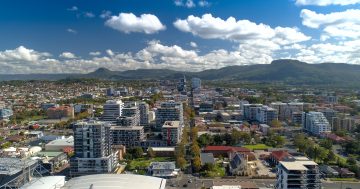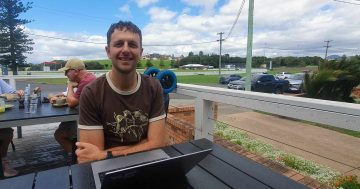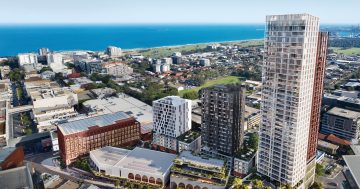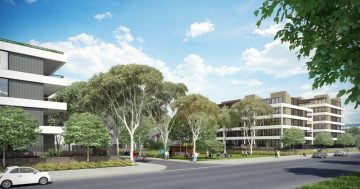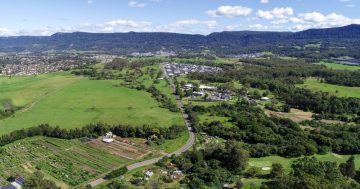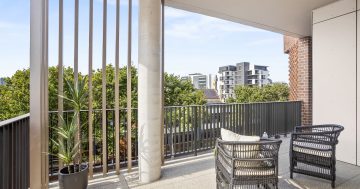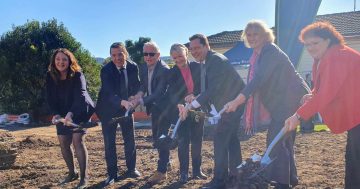
Regional NSW offers less rental affordability than a global financial centre like Sydney. Photo: File.
Rental affordability is a national problem, but there are stark differences between the Shoalhaven, Far South Coast and Riverina.
The 11th annual National Shelter SGS Economics and Planning Rental Affordability Index (RAI), which compares rents with incomes, found that NSW regional affordability fell 2 per cent over the past year to a RAI score of 99.
That is below the critical threshold of 100, where households enter rental stress because they are spending more than 30 per cent of their income on rent. For context, Sydney’s current score is 100.
The NSW data is divided between Sydney and “rest of NSW”, but can also be examined by postcode.
Towns in the Far South Coast have RAI scores of 102 (Moruya), 104 (Merimbula, Eden and Batemans Bay), 105 (Pambula) and 106 (Bermagui, Bega, Cobargo, Narooma and Tathra).
Scores between 100 and 120 indicate they are moderately unaffordable, with the average rental household less likely to easily meet and pay off unexpected costs or bills. Young families with children in childcare may find it particularly difficult to make ends meet.
In the Shoalhaven, Nowra, with an RAI score of 104, also falls into that category.
However, many other Shoalhaven areas are in the unaffordable category. Households in these areas are paying between 30 and 38 per cent of their income on rent. These include Huskisson-Vincentia, Culburra Beach and Sussex Inlet (96), Ulladulla (94), Kangaroo Valley (87) and Berry (82).
Riverina is different again.
Towns including Albury and Wagga Wagga are in the moderately unaffordable category with a RAI score of 115, Griffith (118) and West Wyalong (113).
Areas like Cootamundra (RAI score 130), Temora (147), Leeton (142) and Junee (148) are in the acceptable category, where households are paying around 20 to 25 per cent of their income on rent.
Towns including Deniliquin (153), Narrandera (162) and Hay (260) are considered affordable, as households typically spend less than 15 per cent of their income on rent.
SGS Economics and Planning principal Ellen Witte said it is stark and sobering that regional NSW offers less rental affordability than a global financial centre like Sydney.
The data can also be examined by 10 particularly vulnerable groups: single pensioners, pensioner couples, single person on JobSeeker, single part-time worker parent on benefits, single full-time working parent, single-income couple with children, dual-income couple with children, student share-house, minimum wage couple and individual hospitality workers.
A single person receiving JobSeeker payments in regional NSW spends around 71 per cent of their income on rent, while a single pensioner spends about 44 per cent of their income on rent. Both are well above the affordability threshold.
Compared with Sydney, regional NSW also lacks the supply of one- and two-bedroom accommodation that some of these vulnerable groups typically need.
In 2020, regional NSW’s RAI was around 125. The fall to 99 over the past five years reflected a consistent trend across East Coast states amid “tree change” and “sea change” migration, the growing prevalence of remote and flexible working, and less money spent on affordable housing.
Ms Witte said it is a national problem after decades of inaction. Back in the 1970s, 10 per cent of housing stock was social housing. Now it is around 3 per cent.
She said that, based on earlier research, they know that towns with a large tourism economy can have as much as 10 to 15 per cent of the total rental housing stock tied up as short-term rentals.
Ms Witte said since the COVID pandemic, the exodus of people moving from cities to regional areas has pushed up housing prices and led to very low rental vacancy rates, meaning landlords can set the rents.
“Households from the city often bring city paycheques that are 28 per cent higher than regional paycheques,” she said.
The problem is now affecting businesses.
“They can’t find workers because housing is unavailable and unaffordable, so businesses aren’t operating at 100 per cent,” Ms Witte said.
That worker shortage, driven by housing issues, has also forced some aged-care facilities to close.
Robert Pradolin, founder and executive director of Housing All Australians, said what had started as a social issue is now an economic issue.
“It is too big for government alone to solve,” he said. “It needs a long-term bipartisan approach. I would declare war on homelessness.”
Shelter NSW CEO John Engeler said some local councils can go a long way toward doing much more, given how local the problem is in areas like Byron Bay and the Shoalhaven.
“We need councils working on proper housing strategies and tourism strategies and a strategy ensuring councils don’t leave the provision of low-cost accommodation to the state or market.”
Original Article published by Marion Williams on About Regional.









